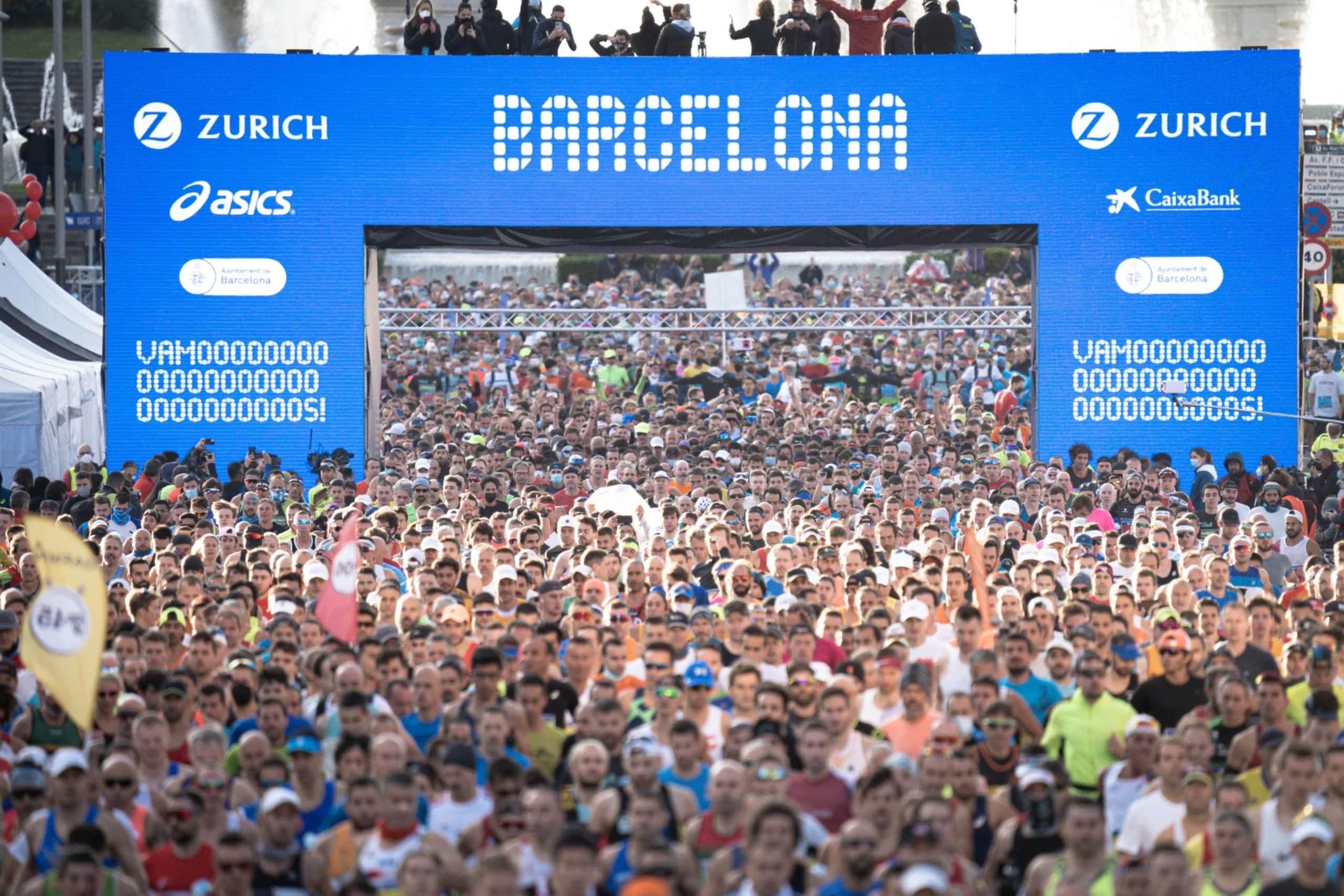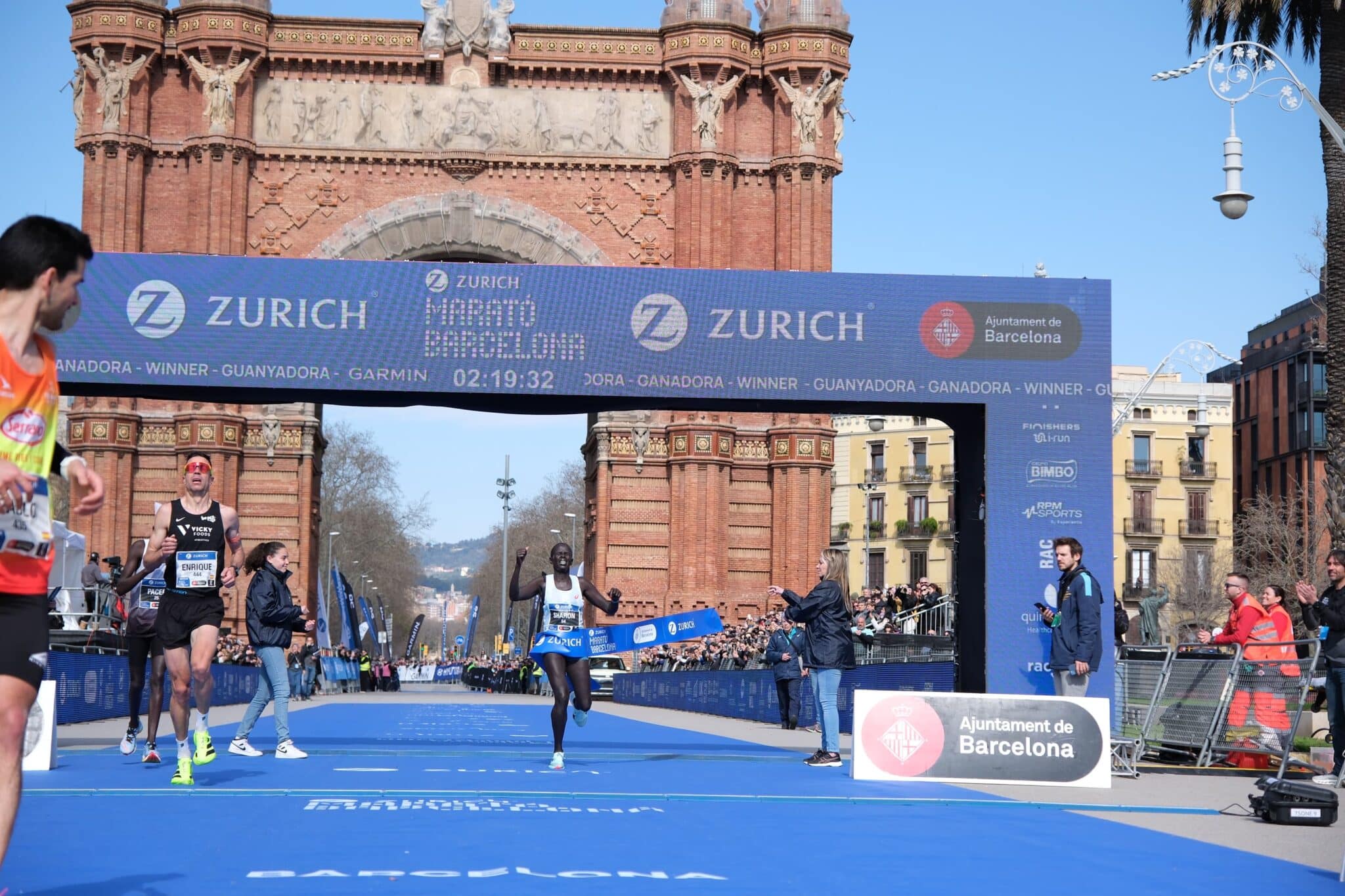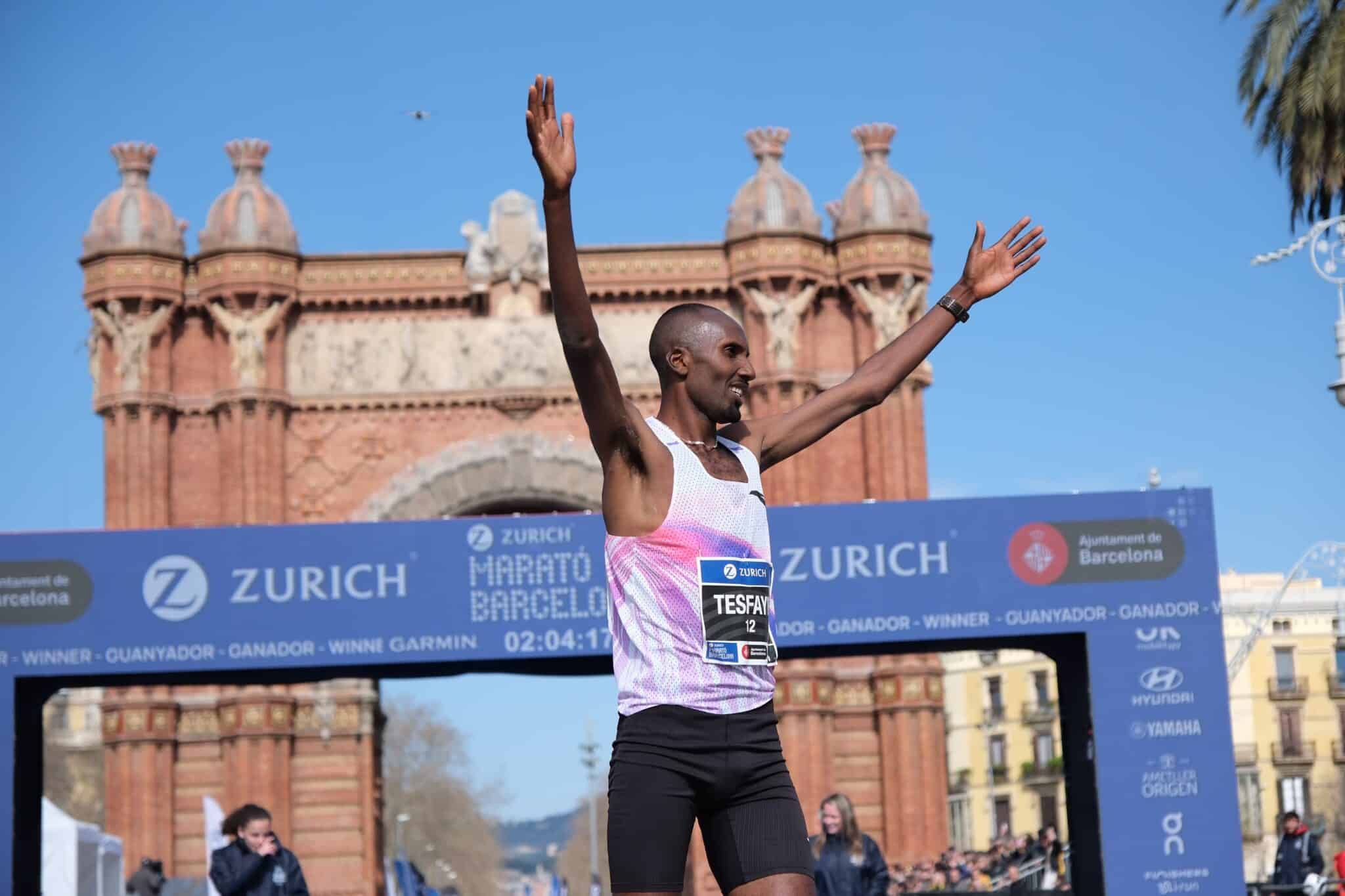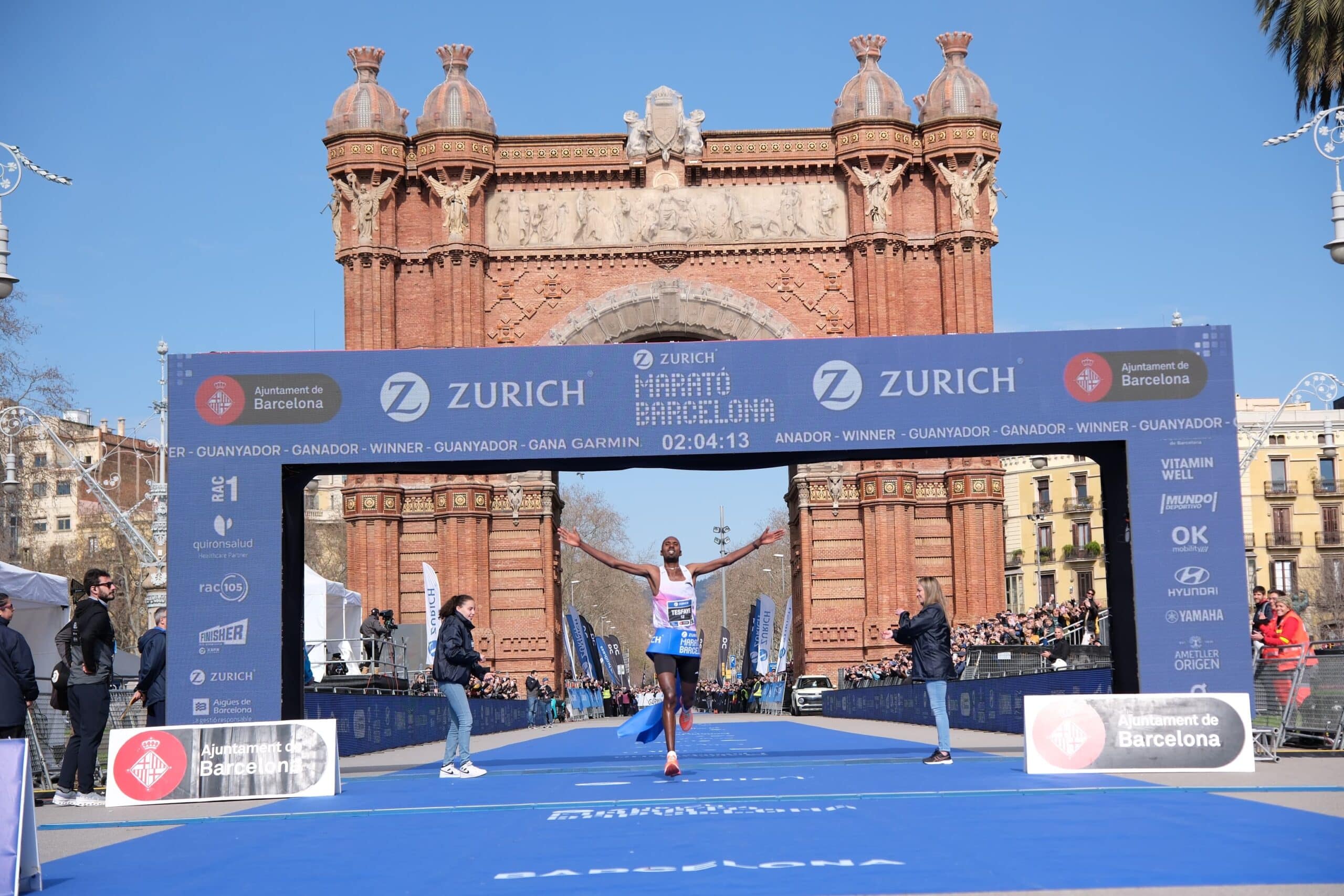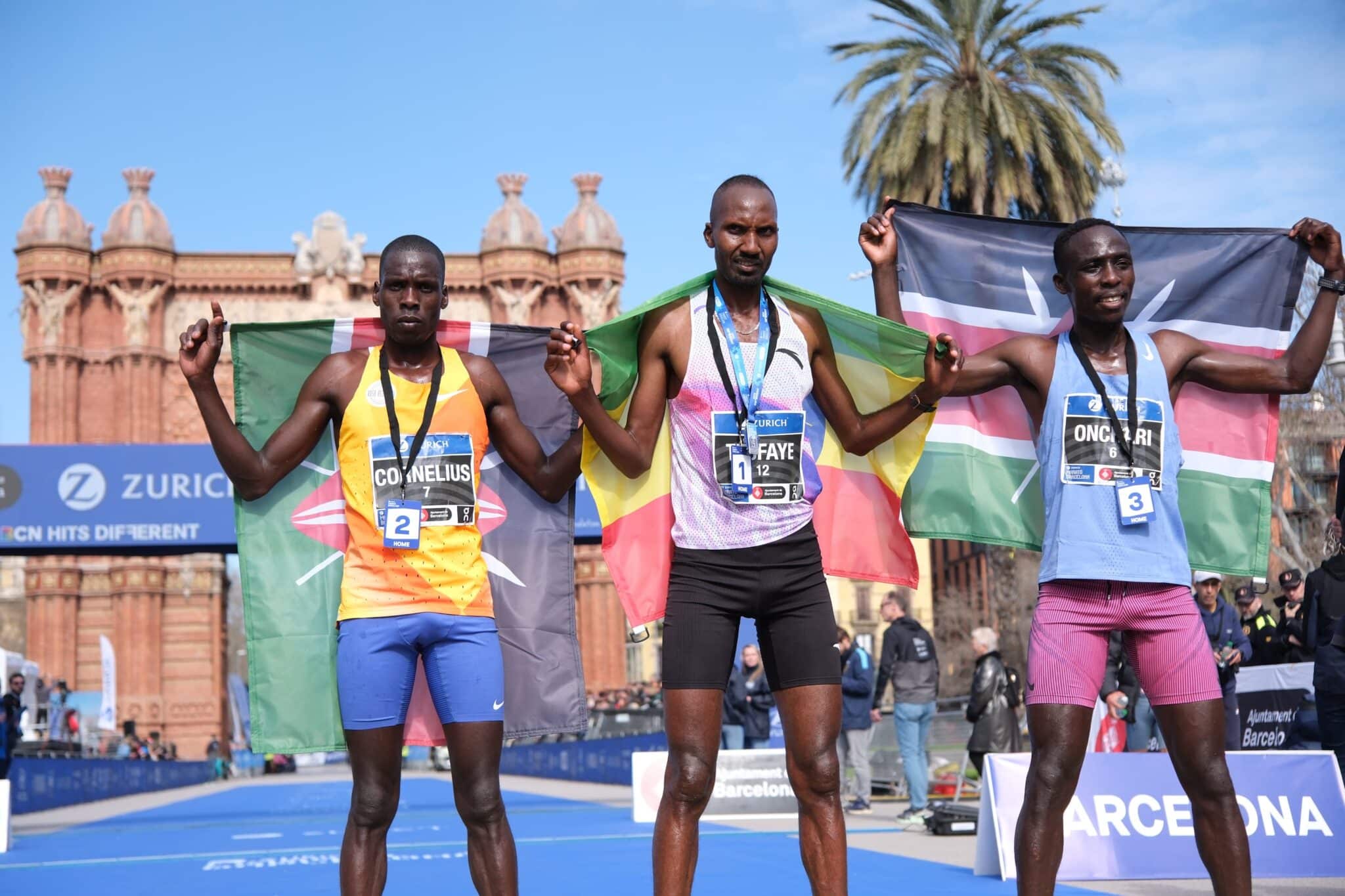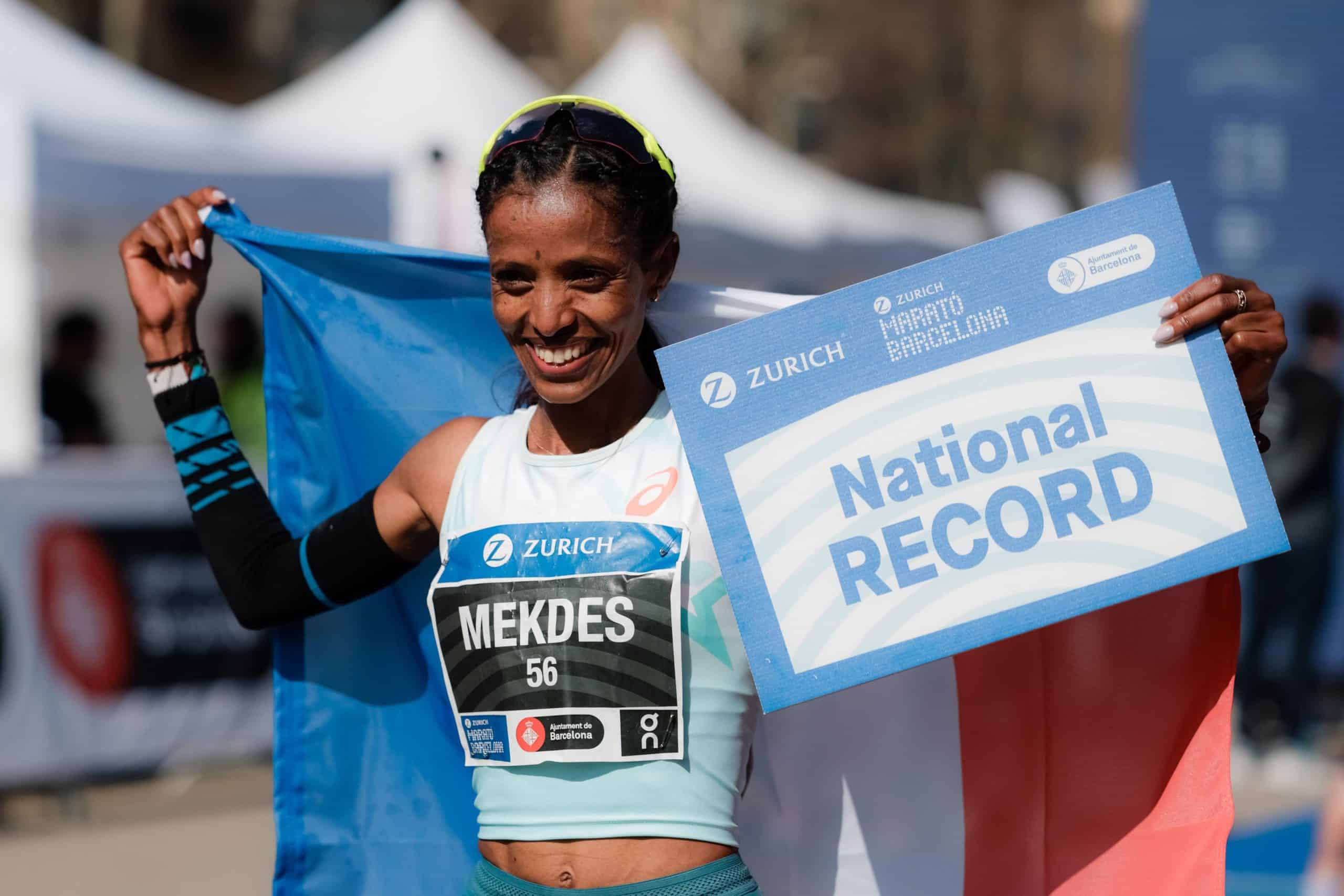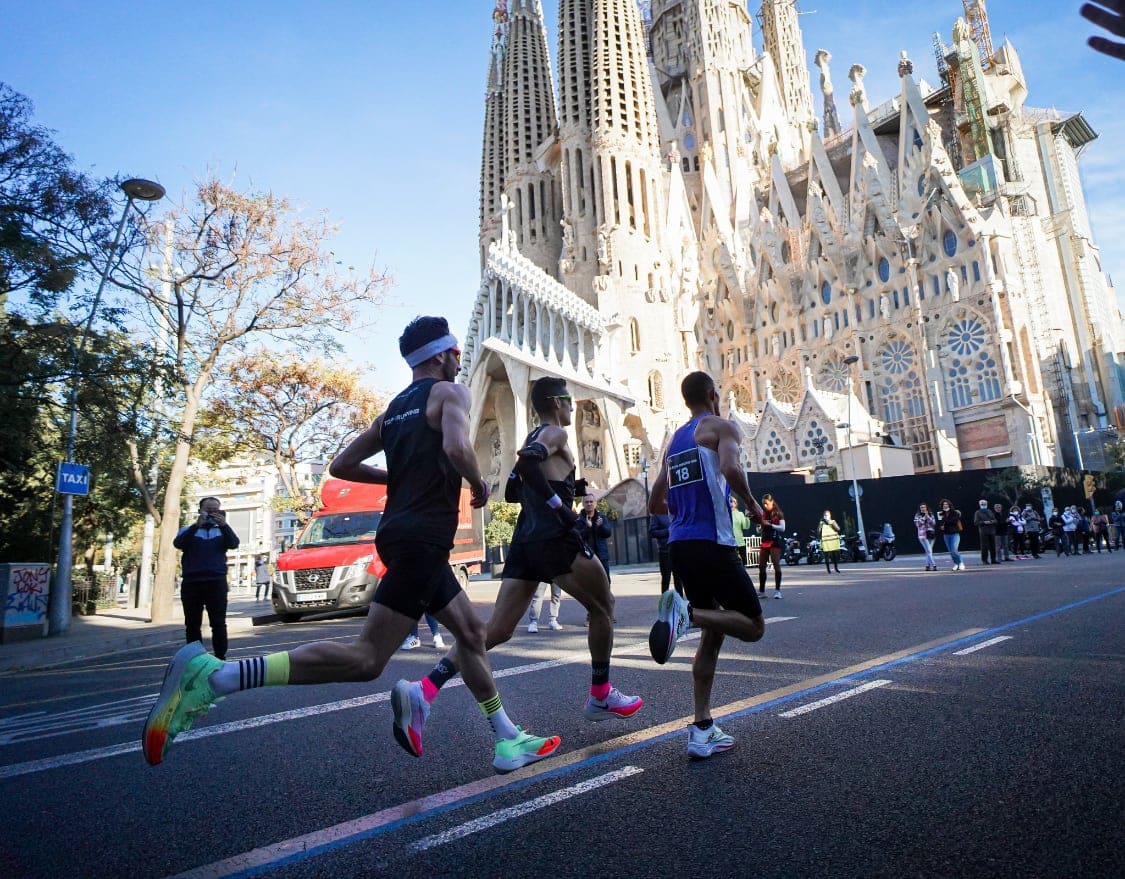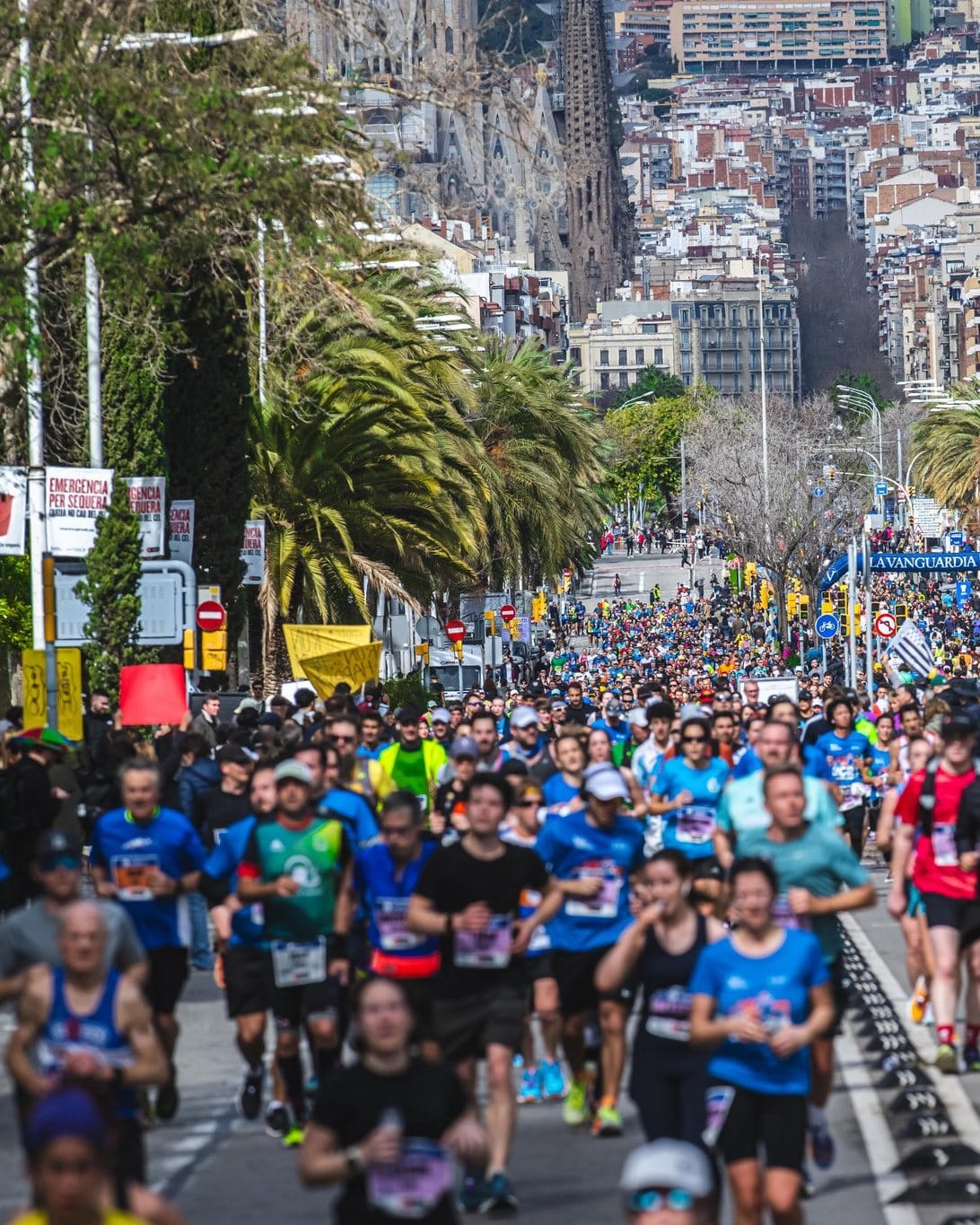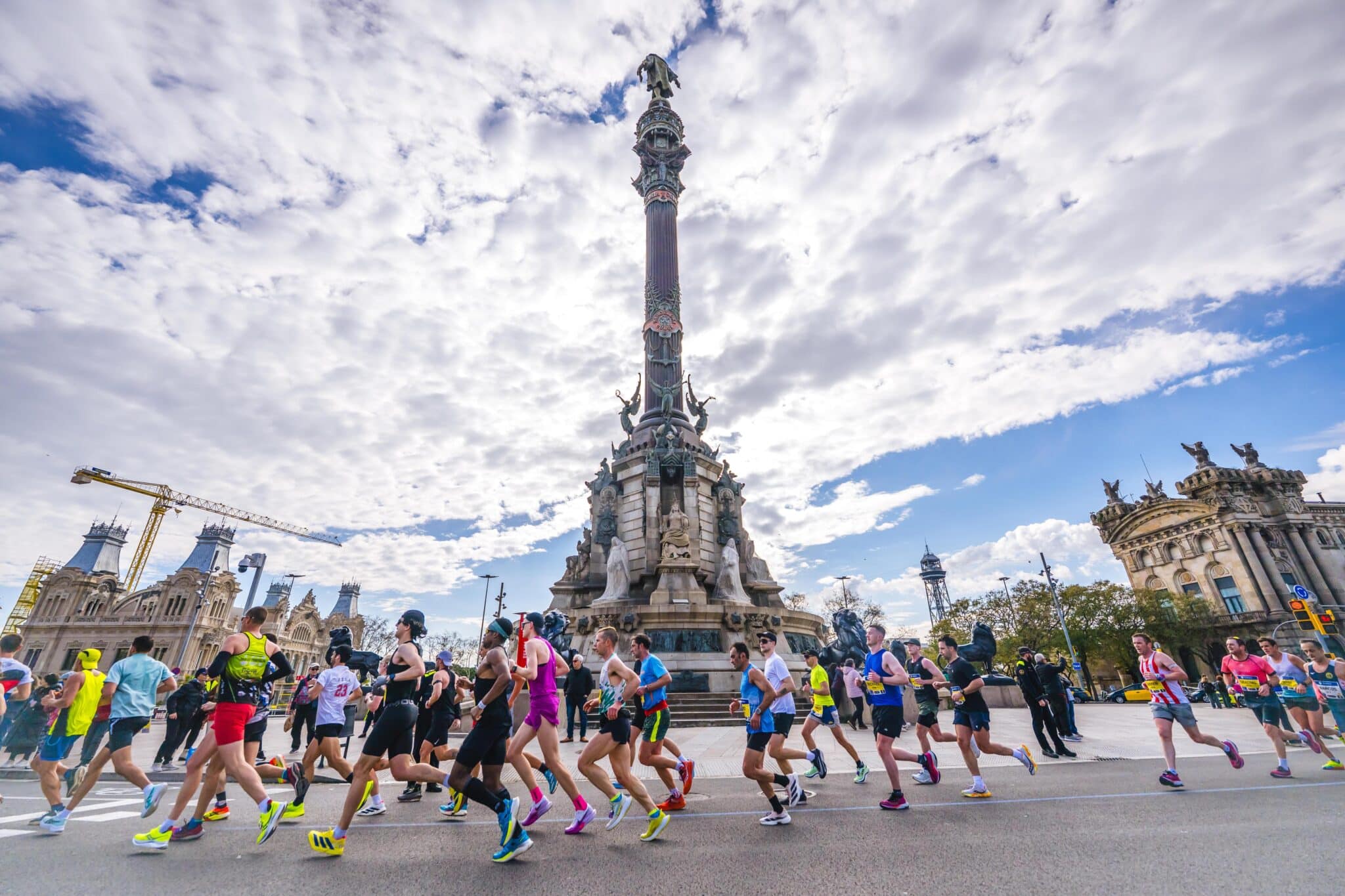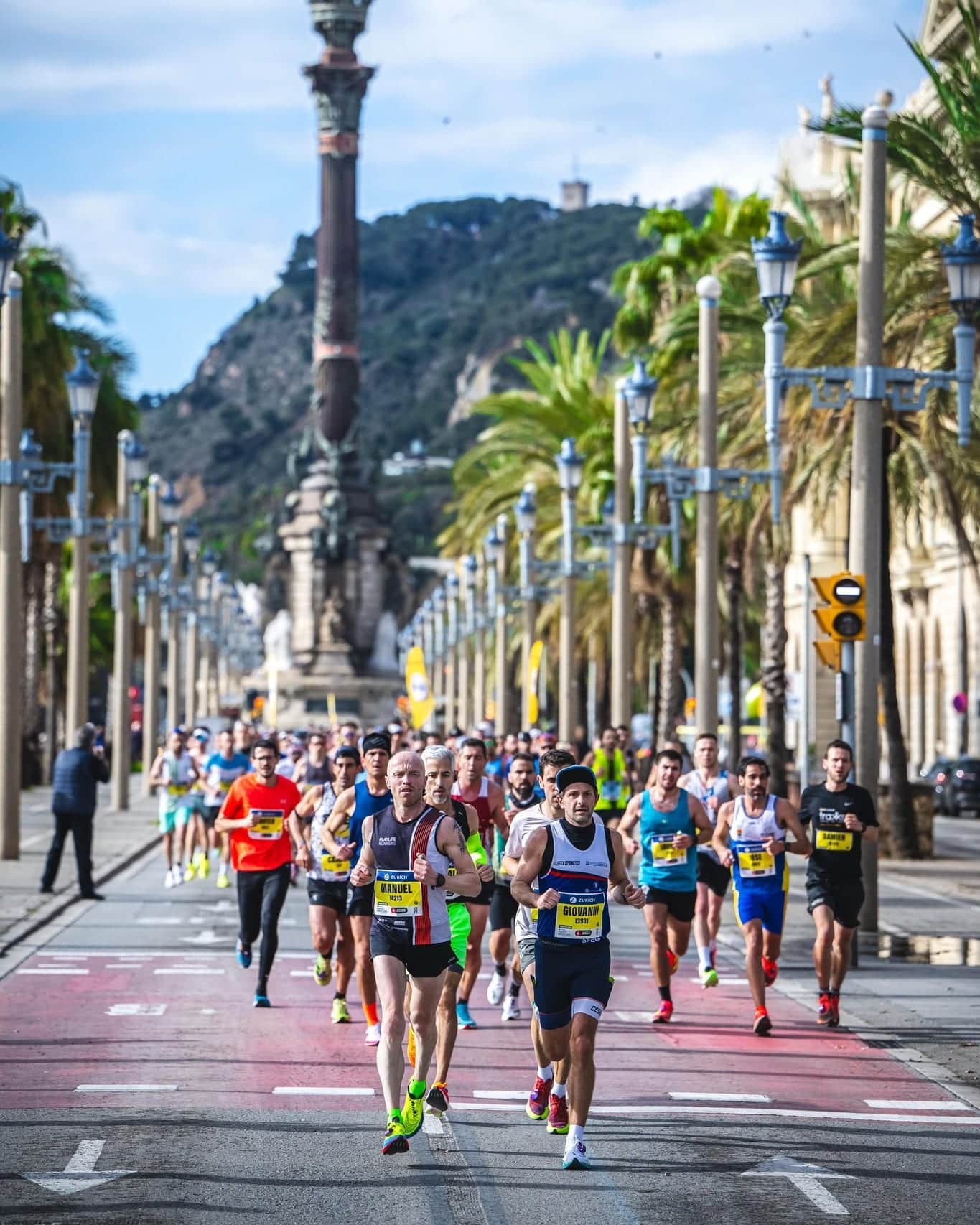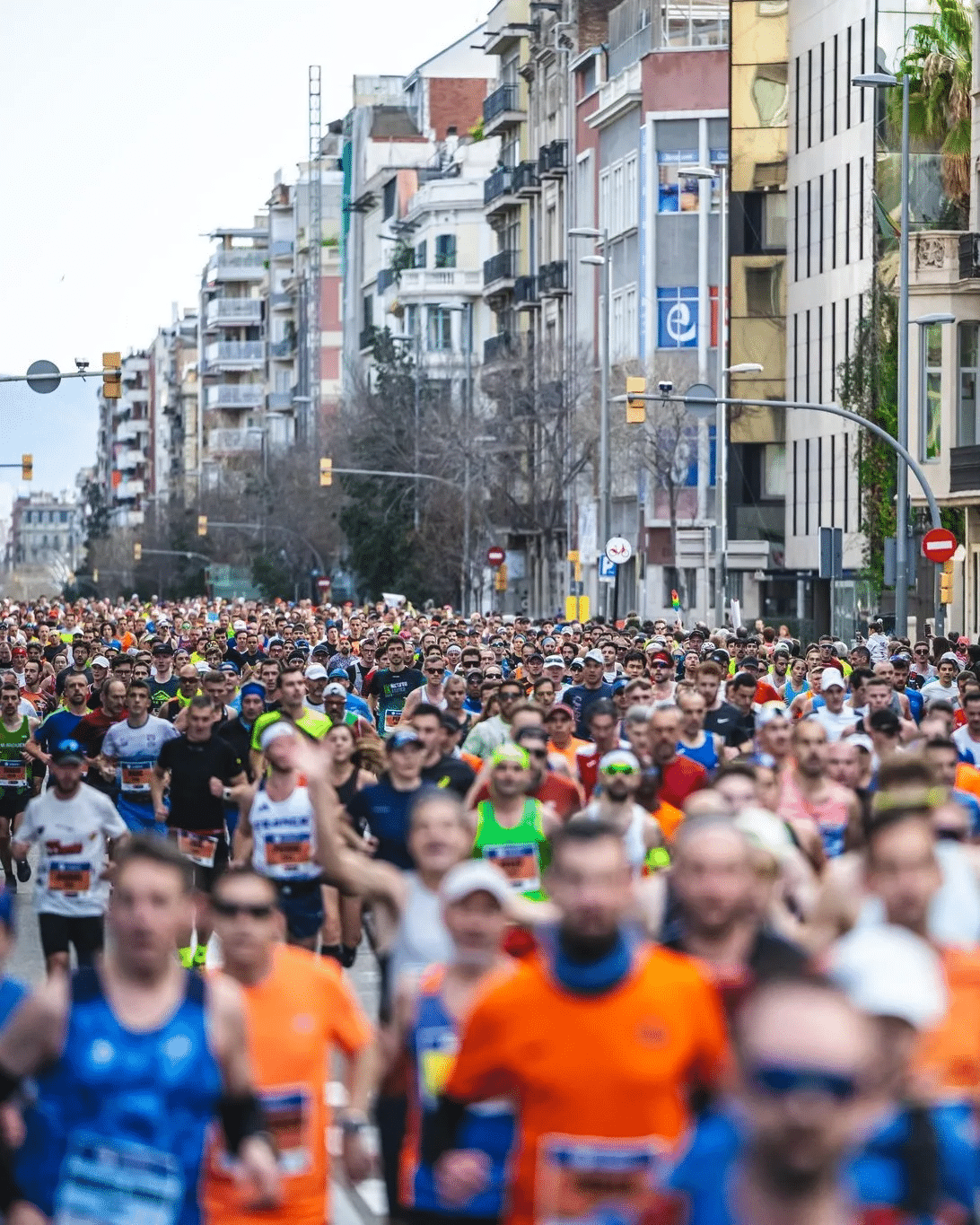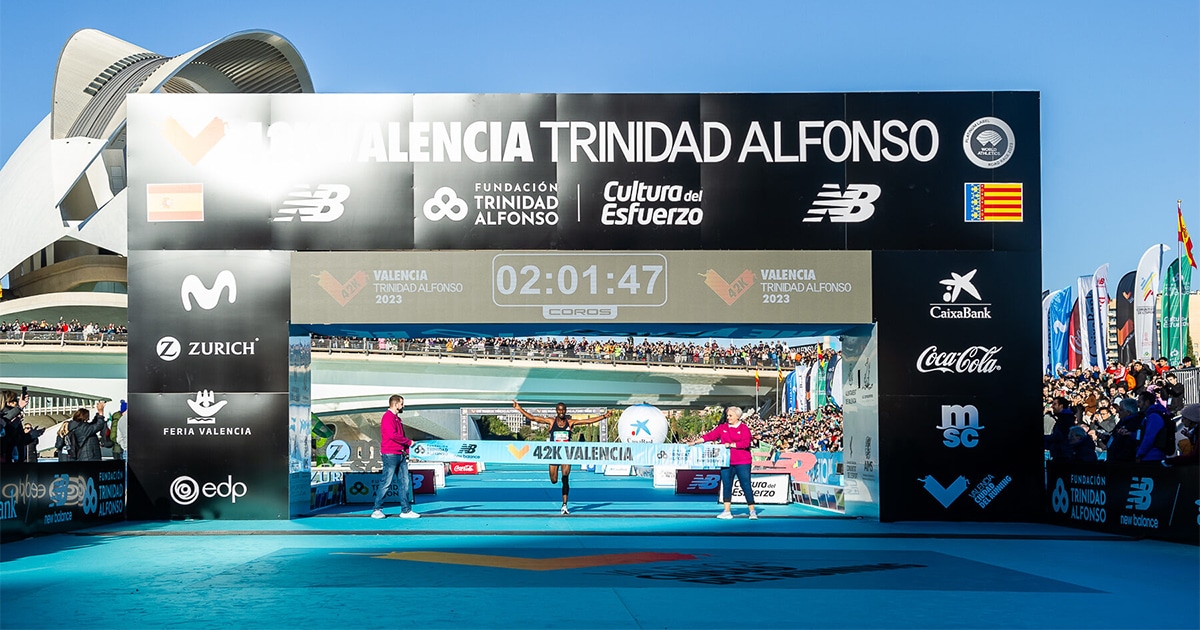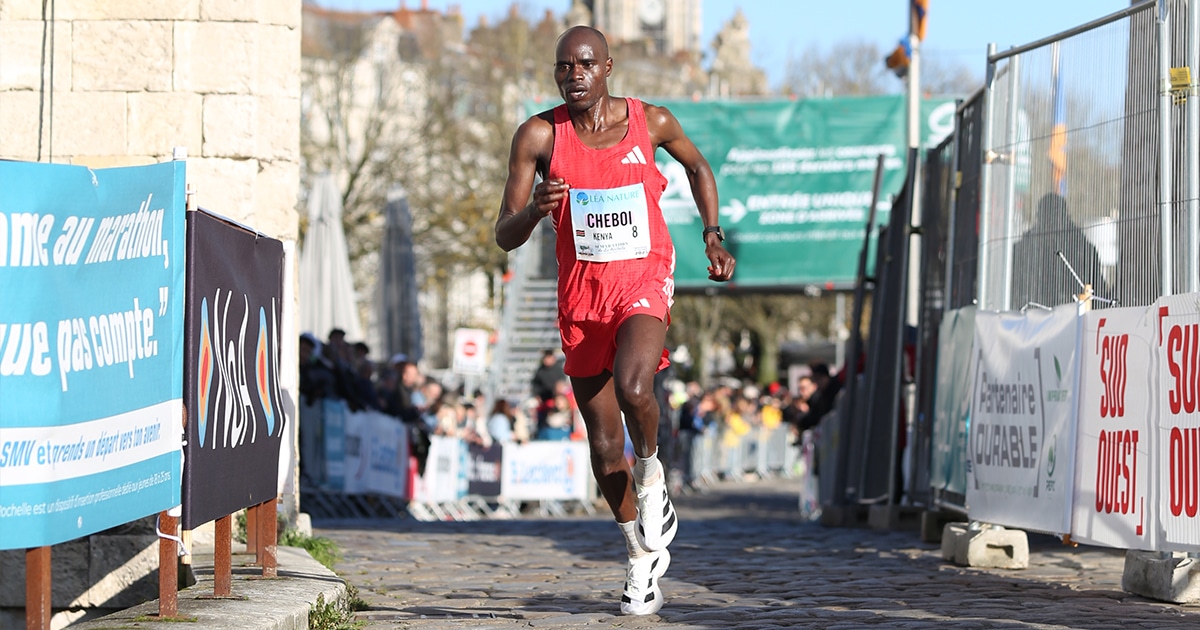Is the Barcelona Marathon Course Difficult? Our Full Analysis
On March 15, 2026, exactly five months from now, more than 27,000 runners will take to the streets of the Catalan capital for the 47th edition of the Zurich Barcelona Marathon. Often overshadowed by giants like Paris, Berlin, or Valencia, Barcelona quietly checks every box for a personal best: a fast and fluid course, ideal weather, a festive atmosphere, and postcard-perfect scenery. But one question keeps coming up: how hilly is the Barcelona Marathon course? Our team of running experts took a deep dive into the route to find out.
| One of the Flattest Courses in Europe
Since the course redesign in 2024, the Barcelona Marathon now boasts one of the smoothest elevation profiles in Europe — with just 134 meters of total elevation gain across the full 42.195 km distance.
The first half includes 76 meters of climbing, with a gentle rise near the Sagrada Família (the course’s highest point at the 14 km mark). The second half is even faster, with only 58 meters of elevation gain.
The result? A fluid, balanced course built for performance.
Barcelona is tailor-made for a negative split — start steady, finish strong.
With 43 turns and long, straight sections (including a 4.7 km stretch along Calle de Valencia), the route presents no major obstacles and allows runners to maintain an even pace from start to finish — a key factor for anyone chasing a personal record.
| A Course Approved by the Elites
The redesign has already proven itself. In 2025, new records were set by Tesfaye Deriba of Ethiopia (2:04:13) and Sharon Chelimo of Kenya (2:19:33). On the same day, France’s Mekdes Woldu made history, setting a new French record with 2:23:16 — a performance that confirms the course’s incredible speed.
The race starts on Passeig de Gràcia, winds through the Eixample, runs alongside the Mediterranean coast, and passes some of Barcelona’s most iconic landmarks — including Columbus Monument, Parc de la Ciutadella, and Torre Glòries — before a triumphant finish under the Arc de Triomf.
The route also overlaps several sections of the Barcelona Half Marathon, held one month earlier, a race famous for its speed — where Jacob Kiplimo broke the world record in a staggering 56:42.
| Perfect Weather for Fast Times
Another major advantage: Barcelona’s ideal spring climate.
The 2026 marathon will be held on March 15, right in that sweet spot of the year when conditions are perfect for endurance running — temperatures between 10°C and 15°C (50°F–59°F) in the morning, little wind, and mild sunshine.
The 2025 edition offered near-perfect conditions: 7°C at the start, rising to 12°C by midday, minimal wind, and a light cloud cover — ideal for going fast.
The organization is also top-notch, with aid stations every 2.5 km and 35 pace groups ranging from 2:45 to 4:30, ensuring that every runner finds their rhythm and never has to run alone.
Summary
- Date: March 15, 2026
- Total elevation gain: 134 m
- Course profile: flat and fast, 43 turns, long straights
- Average temperature: 7°C–15°C (45°F–59°F)
- Records: 2:04:13 (men), 2:19:33 (women)
- Participants: approx. 27,000
In Barcelona, you never run alone. The event has become a true celebration of the sport, with over 27,000 participants in 2025 and a famously electric atmosphere. For the upcoming edition, expect the same winning combination: cheering crowds, crisp morning air, sunshine, and a lightning-fast course. As most major 2026 marathons are already sold out, a few bibs are still available for the 47th Zurich Barcelona Marathon. If you’re looking for your next marathon goal, look no further — the streets of the Catalan capital are waiting for you.
✔ Register now for the 2026 Barcelona Marathon — last bibs available!
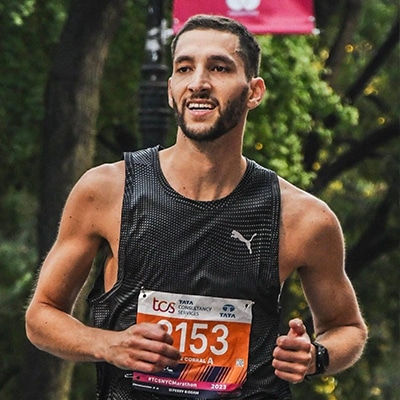
Clément LABORIEUX
Journalist
